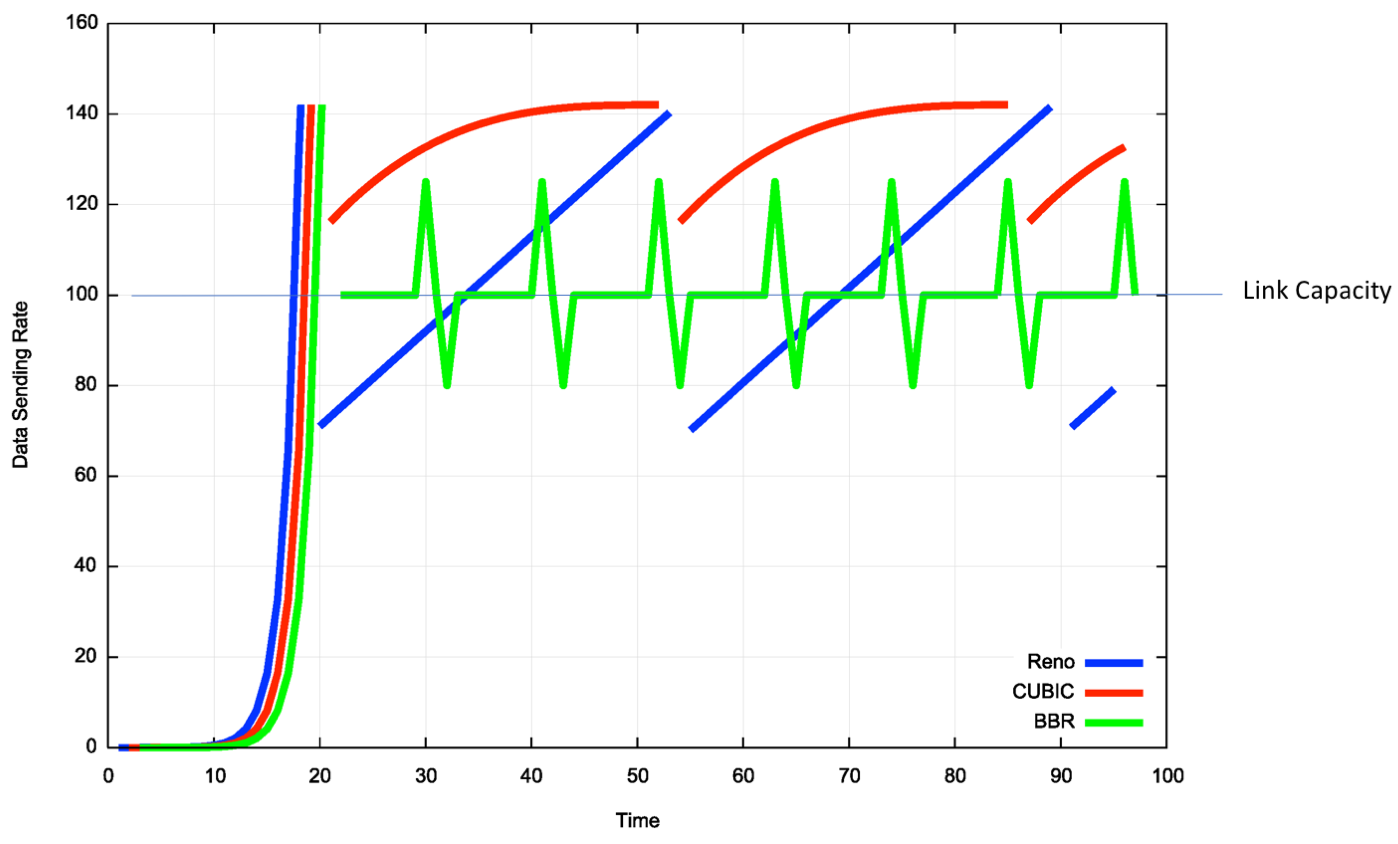
12 Steps to Effective Cyber Security
The "12 Steps to Cyber Security" Report, issued by the National Cyber Security Centre, breaks down and outlines the steps needed for companies to implement an effective cybersecurity system. The report recognizes that with an increased reliance on technology comes an increased need for preparation in the event of an attack.




